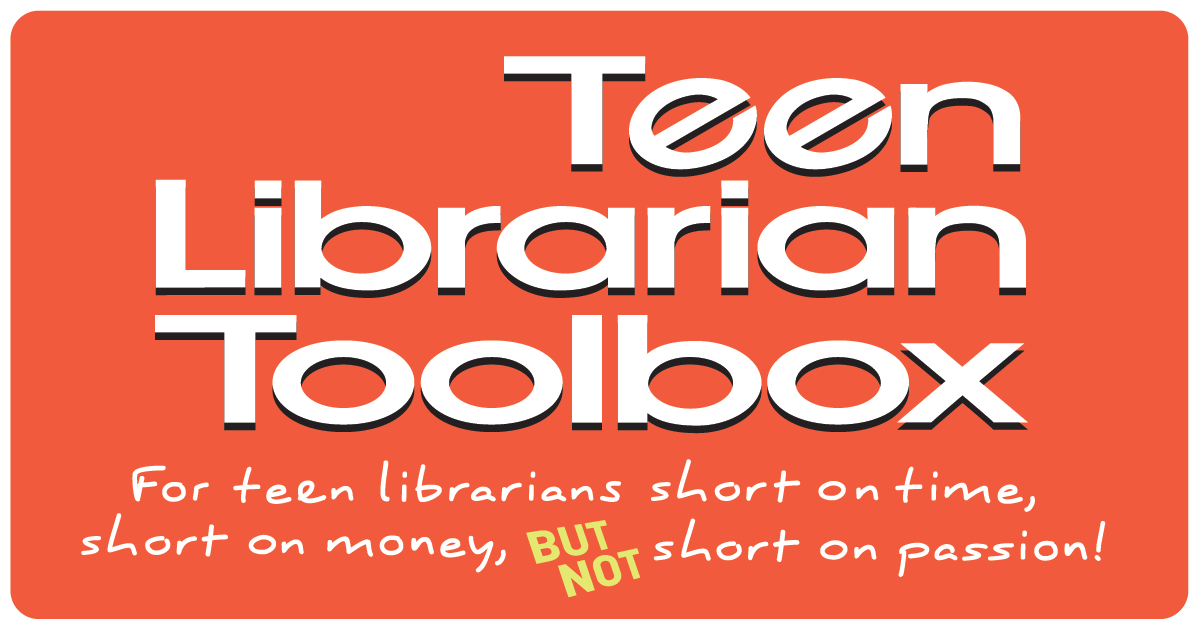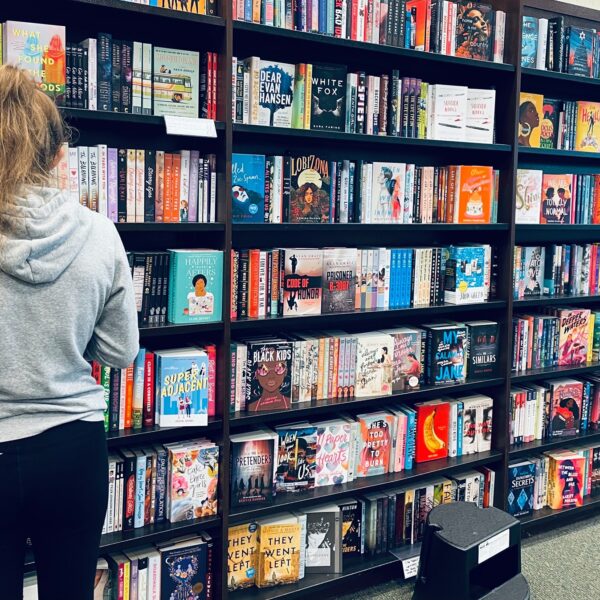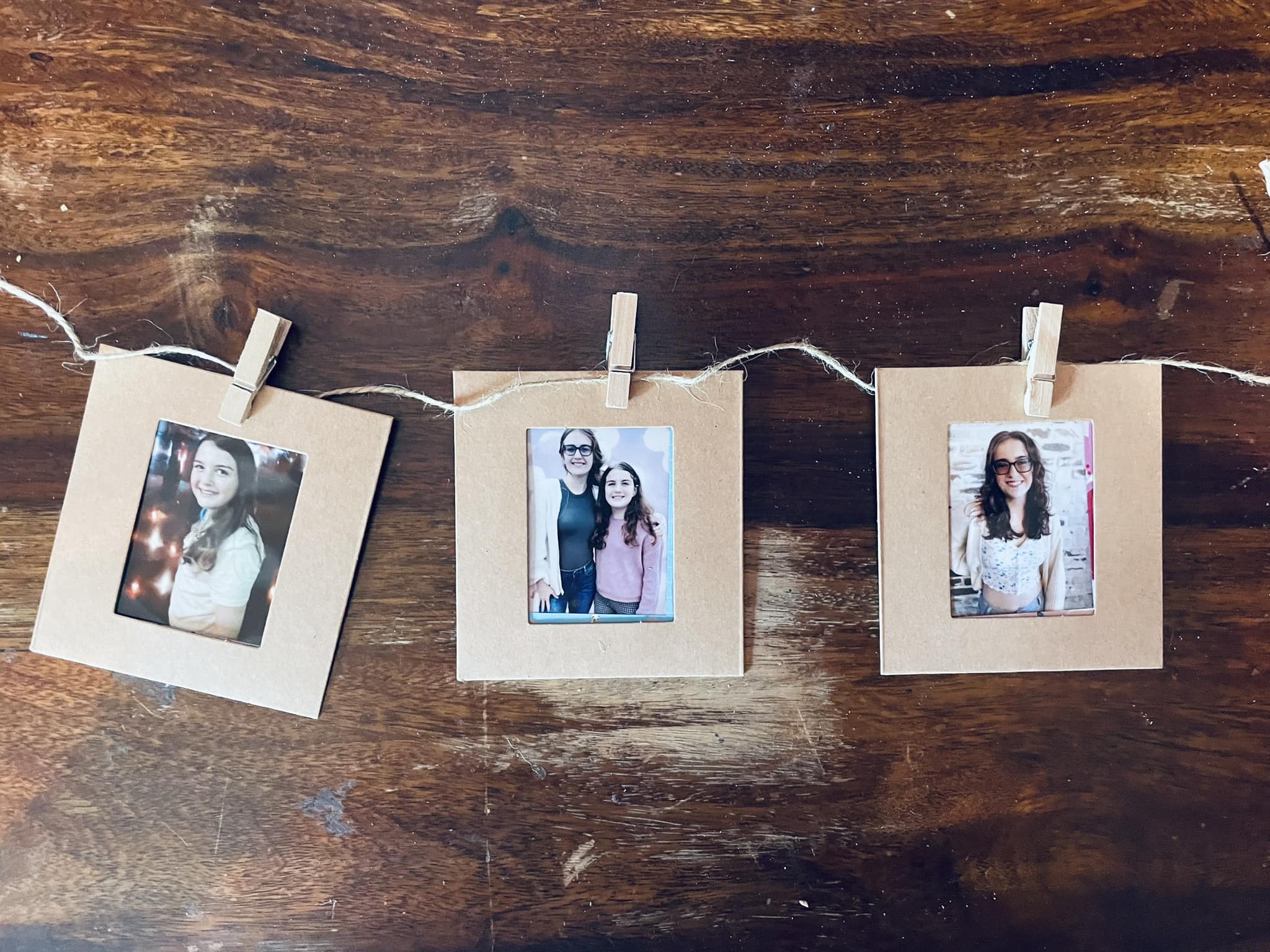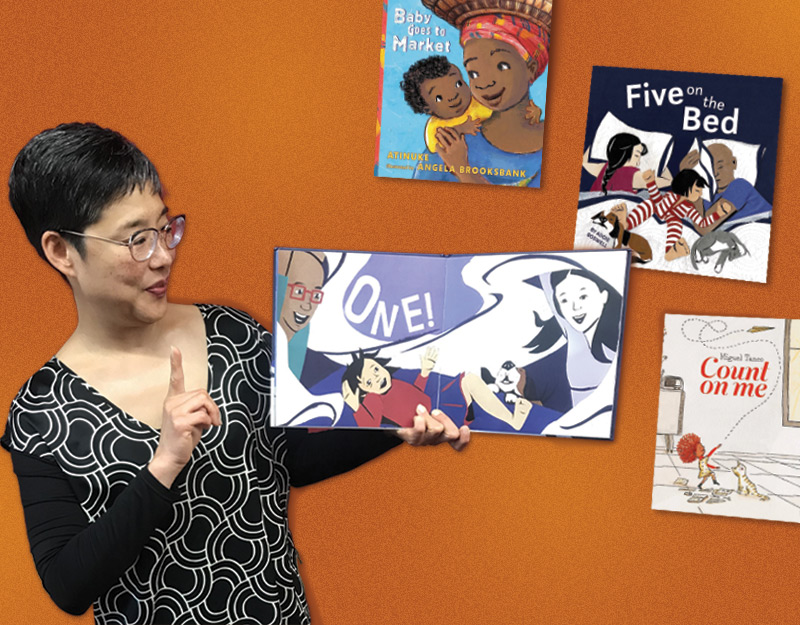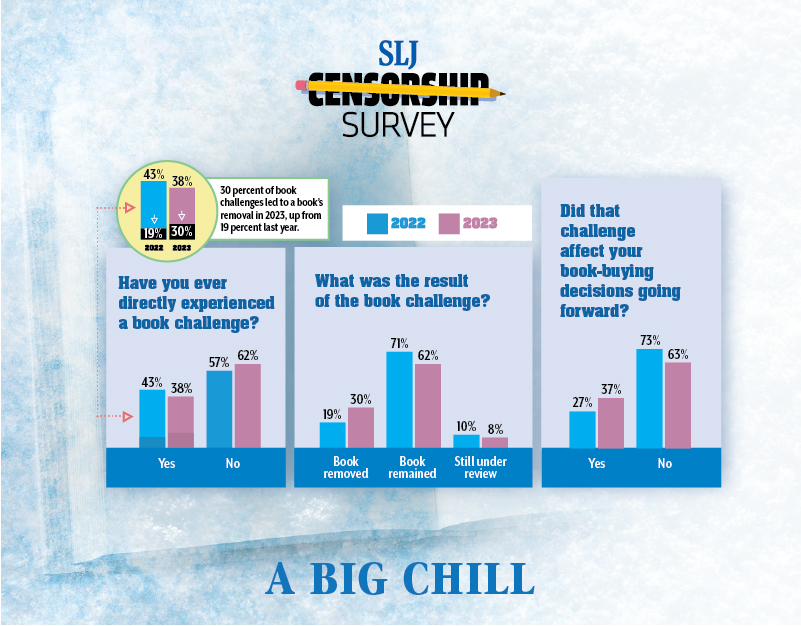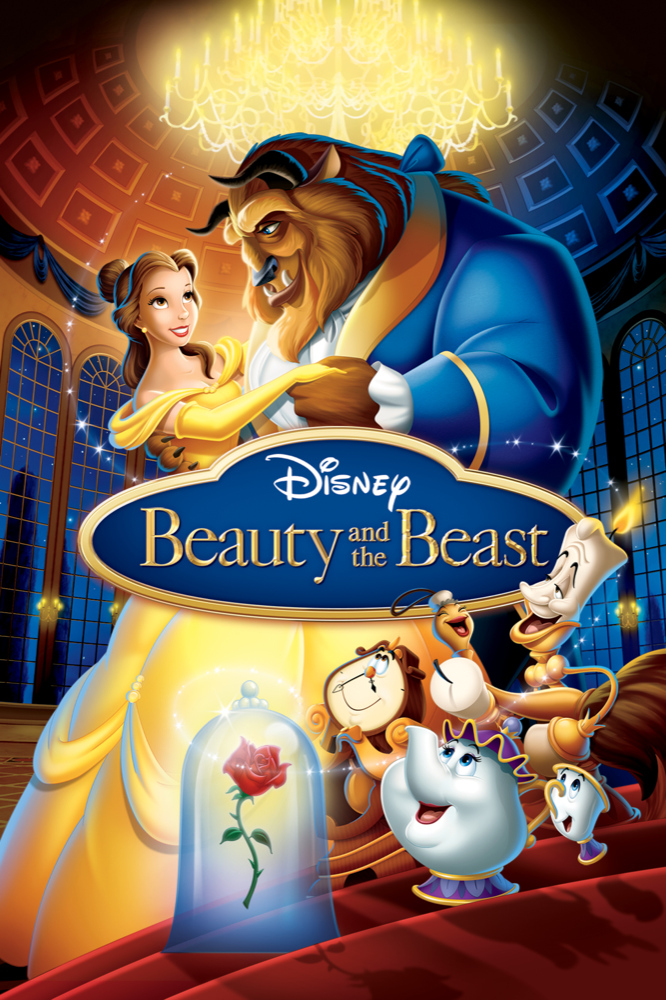
Gender issues

June 11, 2015 by Karen Jensen, MLS
Thinking About Gender, Again
Gender is something that we typically think of in binary and often stereotypical terms. Most people continue to divide people up into either male or female and if we’re going to be honest, most of us have certain thoughts in our minds as to what it means to be female or male. We even have […]

April 26, 2015 by Karen Jensen, MLS
Sunday Reflections: I’m Holding Out for a Hero, a Female Superhero
I have such conflicted feelings about this year’s superhero themed Summer Reading Club. As a big superhero fan myself, I was at first incredibly excited. But the truth is, for those of us raising daughters or working with the female gender – which coincidentally makes up half of the population – it’s a bit of […]
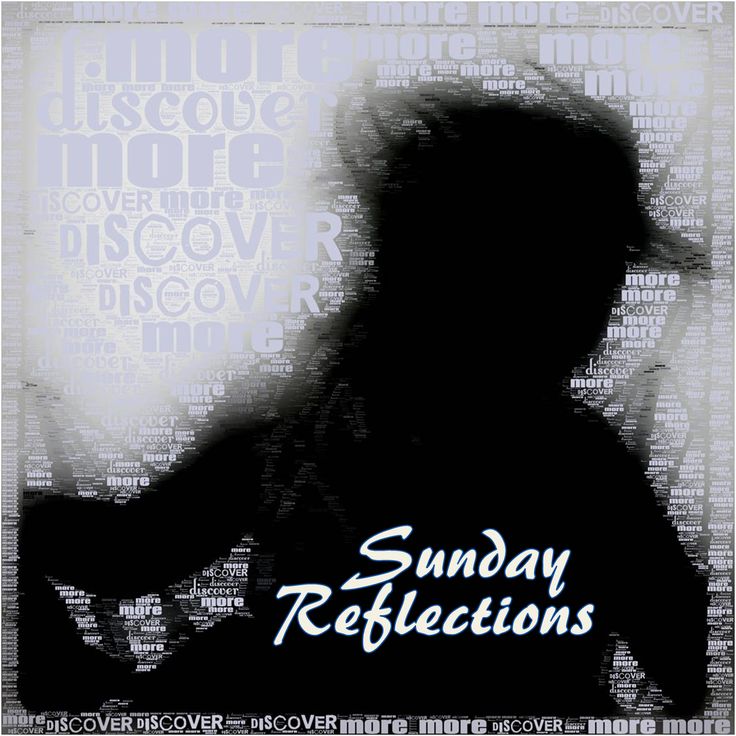
March 29, 2015 by Karen Jensen, MLS
Sunday Reflections: What I Learned While Trying to Put Together a Women’s History Display
I was walking by my YA room when I saw a staff member searching the shelves for something, so I went down and asked what she was looking for. It turned out, she was looking for inspiration for a new display. So after some talking we decided that we would do a Women’s History Month […]
Popular Posts
ADVERTISEMENT
Related Articles on SLJ
More Recent Posts
The Beauty and the Beast Effect in YA Literature
November 11, 2014 by Karen Jensen, MLS
Like a lot of book lovers, Beauty and the Beast was my favorite Disney movie. It seemed like such a no-brainer. Here was a girl who loved books and read-she even sang about it! Then later, she discovers a glorious library that we could all covet. With no hesitation I would tell you that Belle […]
Sunday Reflections: Lies we tell girls about boys
August 17, 2014 by Karen Jensen, MLS
If you search on Goodreads, this is the tag line for the book Some Boys by Patty Blount: Some boys go too far. Some boys will break your heart. But one boy can make you whole. There are things I really liked about this book, including an on point speech by the main character, Grace, […]
Breaking the Gender Molds, a guest post and giveaway by author Eric Devine
August 7, 2014 by Karen Jensen, MLS
I’m a 36-year-old, cisgendered, heterosexual, white male, who writes Young Adult novels that are boy-centric, and I’m bothered by the slim definition of what it means to be a man. I was raised under very stereotypical precepts about manhood, and I was always bothered by them. Instead of watching sports, I read. Shyness overtook bravery. […]
ADVERTISEMENT
Sunday Reflections: I’m Holding Out for a (Female) Superhero!
May 4, 2014 by Karen Jensen, MLS
The Tween read each & every comic book yesterday Yesterday was Free Comic Book Day and I celebrated – with my Tween daughter – by handing out free comic books at my library. The night before I took her little sister to see the new Spider-Man movie. We’re pretty big superhero fans in this house. […]
The problem of relationship (and girls) in YA lit, plus 5 of my favorite titles
March 18, 2014 by Karen Jensen, MLS
Check out the series About the Girl over at Stacked If you read enough YA lit, you might start to come to a few interesting conclusions: 1. Teens only have 1 relationship, romantic ones. Especially if you are a teenage girl. 2. Relationships only have one goal, which is sex. For some reason, as Cory […]
Sherlock and the Case of the Diversity Problem (and why representation matters)
January 8, 2014 by Karen Jensen, MLS
The creator of the BBC Sherlock reboot is none other than Steve Moffat, who also is currently helming another popular BBC show – Doctor Who. One of the things that has always impressed me about Doctor Who as I began watching it was the diversity of the show. When we first meet the reboot Doctor, […]
12 Blogs of Christmas: Hi Miss Julie (Heather)
December 19, 2013 by Karen Jensen, MLS
Blog #4: Hi Miss Julie We spend a lot of time thinking about what it means to be a librarian serving young people. At least I do. I think about how my work life may be different from others in my profession because of my gender and the demographic I serve. I think about how […]
ADVERTISEMENT
Archives
ADVERTISEMENT
Trending on the SLJ Blog Network
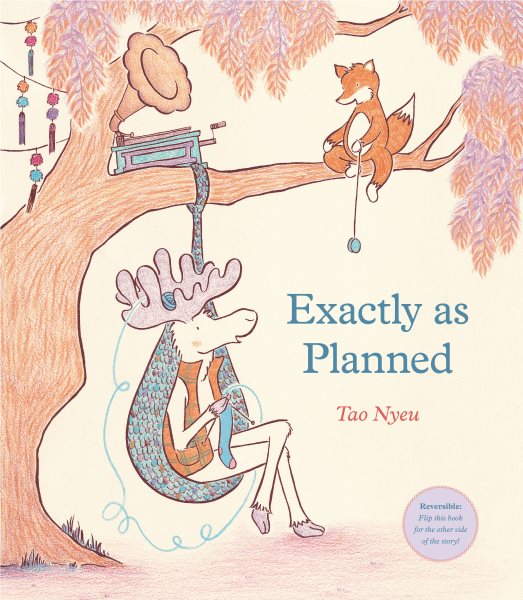
A Fuse #8 Production
This Q&A is Going Exactly As Planned: A Talk with Tao Nyeu About Her Latest Book
by Betsy Bird

Politics in Practice
Elevating the Visibility of School Library Programs Through Social Proof
by John Chrastka
Follow This Blog
Enter your email address below to receive notifications of new blog posts by email.

